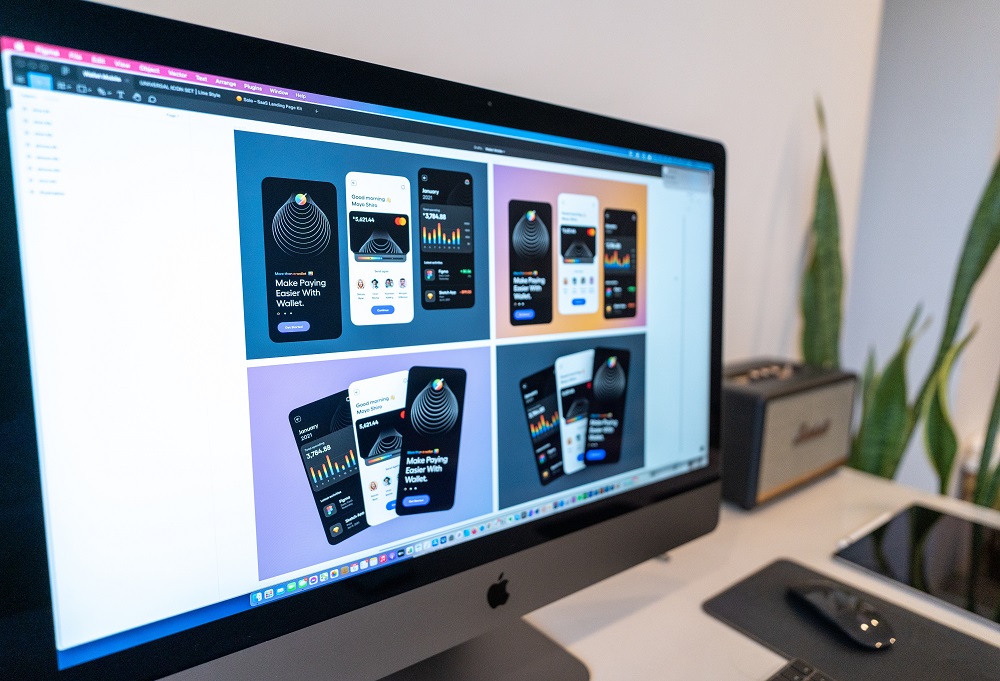Welcome to the world of Voice User Interfaces (VUI), where words and phrases become the building blocks of interaction, and the power of voice transcends traditional user interfaces. As a seasoned UX designer who has delved deep into the realm of VUI, I’m excited to share my insights into the art of crafting seamless and intuitive voice-driven experiences. In this article, we’ll explore the challenges and opportunities of UX design in the context of VUI, and how it’s reshaping the way we interact with technology.
The Rise of Voice Technology
Voice technology has seen a meteoric rise in recent years, with the proliferation of virtual assistants like Siri, Alexa, and Google Assistant. These intelligent systems have not only made our lives more convenient but have also opened up new possibilities for how we interact with devices, services, and applications.
1. Accessibility and Inclusivity
Voice interfaces have the power to make technology more accessible to individuals with disabilities, providing a lifeline to those who may struggle with traditional interfaces.
2. Natural Interaction
Voice interactions feel more natural and intuitive. Speaking is the most fundamental form of communication, and VUI harnesses the simplicity and ease of this medium.
3. Hands-Free and Eyes-Free
Voice-driven interfaces free users from the constraints of screens and keyboards. They can perform tasks and access information without the need for visual or manual input.
Challenges in VUI Design
Designing for VUI presents a unique set of challenges. Here are some of the key hurdles that UX designers face in the world of voice technology:
1. Understanding Natural Language
Understanding the nuances of natural language is a complex task. VUI systems must accurately interpret the user’s intent, context, and sentiment to provide meaningful responses.
2. Feedback and Context
Without visual cues, it’s challenging to provide users with feedback and context. Designers must find creative ways to communicate information effectively through voice alone.
3. User Training and Familiarity
Users need to learn how to interact with VUI systems effectively. Designers must create onboarding experiences that teach users the capabilities and limitations of the voice interface.
4. Privacy and Security
Voice interactions often involve sensitive information. Ensuring the security and privacy of user data is a top priority in VUI design.
5. Multimodal Challenges
VUI often works in tandem with other interfaces, such as screens and touch inputs. Designing a seamless multimodal experience that transitions smoothly between these modes is a complex task.
The UX Designer’s Role in VUI
The role of a UX designer in VUI is multifaceted and critical to the success of voice-driven experiences. Here’s how UX designers contribute to creating exceptional VUI systems:
1. User-Centered Design
UX designers start by understanding the needs, goals, and pain points of the users who will interact with the VUI. This user-centered approach drives every design decision.
2. Scripting Conversations
Designers create conversational scripts that guide users through interactions. These scripts must be natural, engaging, and aligned with the brand’s voice and tone.
3. User Testing and Iteration
User testing is crucial in VUI design. Designers observe how real users interact with the system, identify areas of confusion, and iterate on the design based on feedback.
4. Persona Development
Creating user personas helps designers empathize with their audience. Understanding the user’s context and motivations is key to designing relevant and valuable VUI experiences.
5. Contextual Awareness
Designers must consider context when designing VUI. This includes understanding the user’s location, environment, and the broader context of their interaction.
6. Error Handling and Recovery
Error messages in VUI need to be clear and actionable. Designers ensure that users can recover from mistakes or misunderstandings gracefully.
Opportunities in VUI Design
VUI design offers exciting opportunities for creativity and innovation. Here are some areas where UX designers can make a significant impact:
1. Conversational Commerce
Voice assistants are reshaping e-commerce. Designers can create conversational shopping experiences that guide users through product discovery and purchase.
2. Virtual Assistants
VUI can act as virtual assistants, helping users with tasks like setting reminders, checking the weather, or controlling smart home devices.
3. In-Car Experiences
Voice interfaces are increasingly integrated into cars. Designers have the opportunity to create safer and more convenient in-car interactions.
4. Healthcare and Accessibility
VUI has applications in healthcare, assisting individuals with disabilities and providing access to medical information and services.
5. Entertainment and Gaming
VUI can enhance the gaming and entertainment experience, allowing players to interact with games and media using their voices.
Case Studies: Impactful VUI Experiences
Let’s explore two case studies that showcase the power of VUI design:
Case Study 1: Amazon Alexa
Amazon Alexa has become a household name, thanks to its intuitive voice interactions. UX designers played a pivotal role in creating a conversational experience that understands and fulfills user requests, from controlling smart devices to answering questions and playing music.
Case Study 2: Google Duplex
Google Duplex is an AI system that can make phone calls and schedule appointments on behalf of users. UX designers ensured that the conversations conducted by Duplex were natural and convincing, enhancing the user experience.
Conclusion: The Voice-First Future
In the age of VUI, UX designers are the orchestrators of voice-driven symphonies, crafting experiences that are intuitive, engaging, and meaningful. We harness the power of language to create interactions that feel like natural conversations, making technology more accessible and user-friendly.
As VUI continues to evolve and permeate every aspect of our lives, the role of UX designers will only become more critical. So, whether you’re scripting conversations for a virtual assistant, designing a multimodal experience, or reimagining the way users interact with technology, remember that your work has the power to shape the voice-first future. Embrace the challenges, seize the opportunities, and continue pushing the boundaries of UX design in the realm of voice user interfaces. Together, we’ll create experiences that empower and delight users through the magic of voice.
ABOUT AUTHOR

Alison Housten
Lorem ipsum dolor sit amet, consectetur adipiscing elit. Ut elit tellus, luctus nec ullam.

RECENT POSTS


